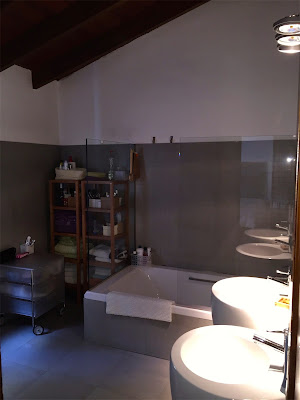So for many Spanish property owners looking to sell or rent their home they are probably blissfully unaware of the new rules regarding energy certificates. So how does one obtain the energy certificate which is obligatory for selling or renting a property, how much will it cost and are there any fines?
Who will issue the energy certificate and what does it measure?
The royal decree issued in 2013 by the Ministry of Industry states that energy efficiency certificates have to be issued by a technician who is authorised to undertake building projects or thermal installations for buildings, and will be drawn up using an officially recognised computer programme for certification.
in 2011 the Ministry of Industry issued a public invitation to tender for the development of the tool which would be used in this process. The successful bidder was the consortium made up of the National Renewable Energy Centre (CENER) and the state company Miyabi, which now has a computer programme which can perform the calculations required.
Miguel Ángel Pascual Buisán, Director of the Myabi-Cener joint venture, has outlined the criteria used to quantify energy efficiency in a home: "The tool studies the building envelope, assesses the exterior walls, lighting systems, pumping systems, and thermal generation, as well as the ventilation, among other elements. A simulation is carried out to assess how efficient the home is in terms of energy consumption, which saves a great deal of time."
The cost to owners
The most serious drawback to these new regulations is the added expense to owners. Obtaining this certificate involves two types of expense:
1) The cost of obtaining the certificate. Around 200 euros for an average property of 100 m2. It may cost less if all the owners in a building agree to commission the assessment of the building jointly, something which would also be the best way to take energy efficiency improvement measures for the whole building, such as upgrading heating or lighting systems, which need to be improved in a lot of buildings.
The regulations require the energy efficiency certificate to be included in any offer, promotion, or advertising for the sale or lease of a home, and owners who fail to comply with this may be fined, which is what has happened in other countries. There has been very recently talk of fines of up to 600 Euros for owners who advertise their property without having an energy efficiency certificate.
2) The second added expense for owners is when their home receives a poor "score" in the exam: the assessment. This could cause its market value to fall, forcing the owner to take measures to make the home more energy efficient.
Problem houses
Martí has pointed out that the vast majority of homes built before the 2007 technical building code came into force will score badly in the assessment. This means that their owners will have no choice but to undertake energy efficiency improvements if they want to make their home more desirable to prospective buyers or tenants. The energy certificate rates each home on a s cale ranging from "A" to "G", similar to the one used for electrical appliances. As Martí points out "a home which has an "A" energy efficiency rating can reduce its bills by 20%-30% with respect to a home which has a "C" or "D" rating. This means that the investment required to make a home more energy efficient will have paid for itself after about five years."
The advantages for buyers and tenants
The good news is that anyone who wants to buy or lease a property will be better informed about the energy efficiency of the home they are looking at, and therefore about the size of the electricity bill, something which will become an important factor for buyers and tenants when choosing a property, as it is now with electrical appliances. It should also be remembered that the aim of these regulations is to improve the environment.
So if you are currently wanting to make your Spanish property available for sale or rent, contact us now, or speak to either Steve or myself and we can arrange for our technical architect to visit your property to start the process.

























